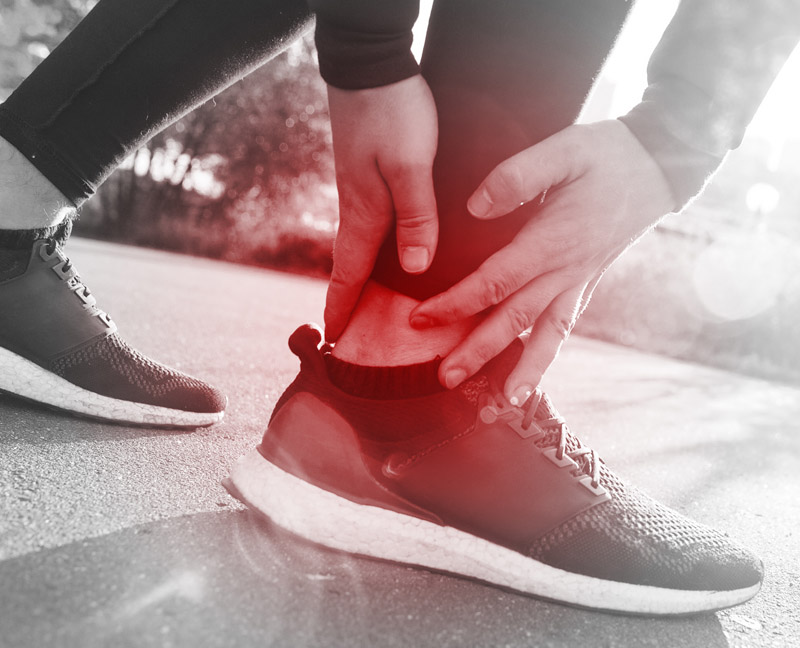Dr. Dante Marconi of Shore Physicians Group Offers Expert Insight on Jayson Tatum’s Achilles Surgery

News that Boston Celtics star Jayson Tatum underwent surgery this week to repair a torn Achilles tendon has sent shockwaves through the NBA. The injury, confirmed on May 13, is one of the most serious a basketball player can suffer — with recovery often taking the better part of a year. To help break down what this injury entails and what Tatum’s road to recovery might look like, Dante Marconi, MD, orthopedic surgeon and sports medicine physician with Shore Physicians Group, shared his clinical perspective.
Dr. Marconi, who treats patients at 710 Shore Road in Somers Point and at the Festival at Hamilton Shopping Plaza, 4450 East Black Horse Pike in Mays Landing, specializes in treating injuries of the muscles, tendons, and joints in athletes and active individuals. He says the Achilles tendon plays a vital role in lower-body function.
“The Achilles is the tendon that connects your calf muscles to your heel bone,” said Dr. Marconi. “It’s responsible for powering movements like pushing off when running or jumping. When it tears, the ability to perform those actions is completely lost.”
Tatum’s injury reportedly occurred during a quick change of direction — a common mechanism in Achilles ruptures. The tear often happens suddenly and without contact.
“These injuries tend to occur during explosive movements,” Dr. Marconi said. “Athletes might feel a pop or a sudden sharp pain and lose strength and mobility almost instantly.”
He noted that the Achilles tendon is vulnerable in a particular area known as the watershed zone — a segment of the tendon located 2 to 6 centimeters above the heel bone. This region has the poorest blood supply in the tendon, which makes it more prone to injury and more challenging to heal.
“The watershed zone is where most Achilles ruptures occur,” said Dr. Marconi. “Because of the limited blood flow, once the tendon tears there, healing can be slower and more complicated, which is why surgical repair is often necessary for athletes.”
Surgical repair is the standard of care for elite athletes like Tatum. The procedure involves reattaching the torn ends of the tendon to restore function. Post-surgery, patients are typically placed in a CAM boot — a controlled ankle motion boot — to immobilize the ankle while still allowing some flexibility for early rehab protocols.
“With a well-performed surgery and a strong rehab plan, many athletes are able to return to their sport, but the process is long,” Dr. Marconi said.
Rehabilitation after Achilles surgery is critical and unfolds in multiple phases. Initially, patients use the CAM boot to protect the tendon while beginning limited weight-bearing. Physical therapy starts with gentle range of motion exercises and progresses to strength training and proprioception work — restoring balance and coordination. Sport-specific movements and drills come much later in the process.
“Most athletes need at least nine months before they can return to full activity, and even then, it depends on how their body responds to the recovery process,” Dr. Marconi said. “Some may return a bit sooner, but for a sport like basketball, which demands constant sprinting, cutting, and jumping, caution is key.”
Age also plays a major role in recovery. At 27, Tatum is well-positioned to bounce back.
“Younger patients like Tatum tend to have better tissue quality, which aids in healing,” Dr. Marconi explained. “They usually regain strength and mobility faster, and their ability to rebuild muscle is stronger than what we typically see in older adults.”
In contrast, he said, patients over 40 or 50 may take longer to heal, experience more stiffness, and have a slower overall rehabilitation timeline.
“Age doesn’t prevent a full recovery, but it can affect how efficiently someone gets there,” said Dr. Marconi.
While some athletes do make successful returns — such as Kevin Durant — others may need more time to regain full explosiveness and confidence on the court. Regardless, with modern surgical techniques and guided rehab, the outlook has become much more favorable.
“Every patient is different, but with professional care and dedication to rehab, a strong return is possible,” Dr. Marconi said.
Dr. Marconi provides the same high-quality care to local athletes and active adults recovering from Achilles injuries and other orthopedic conditions. He works with each patient to develop a treatment plan tailored to their needs, whether that includes surgical intervention, conservative management, or comprehensive rehabilitation.
To book an appointment with Dr. Marconi, call 609-365-6280.